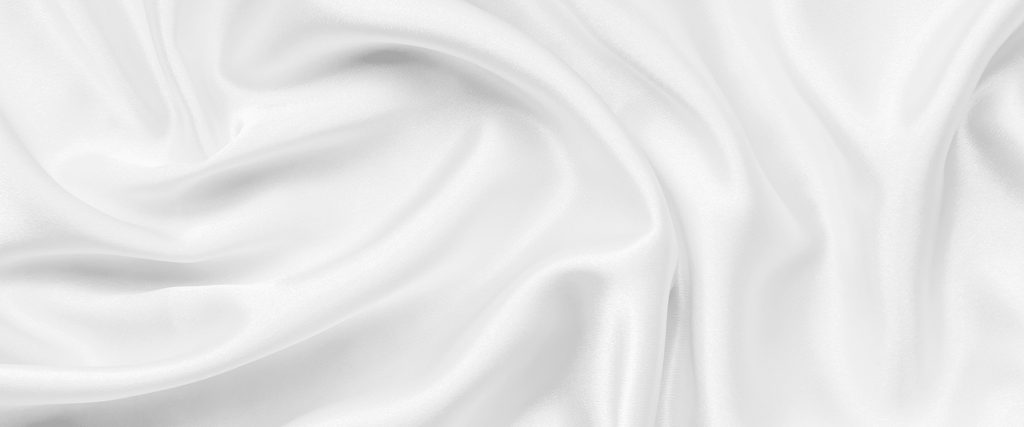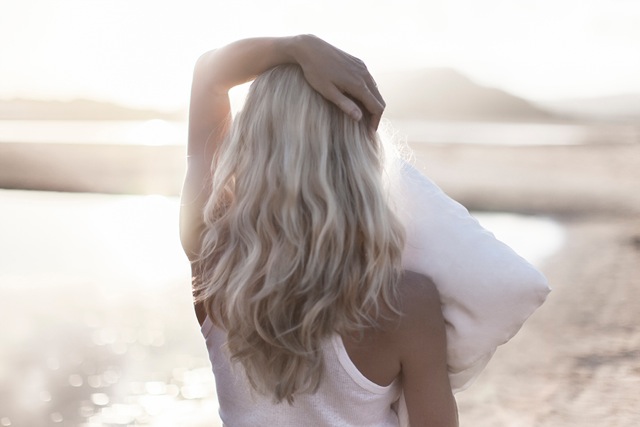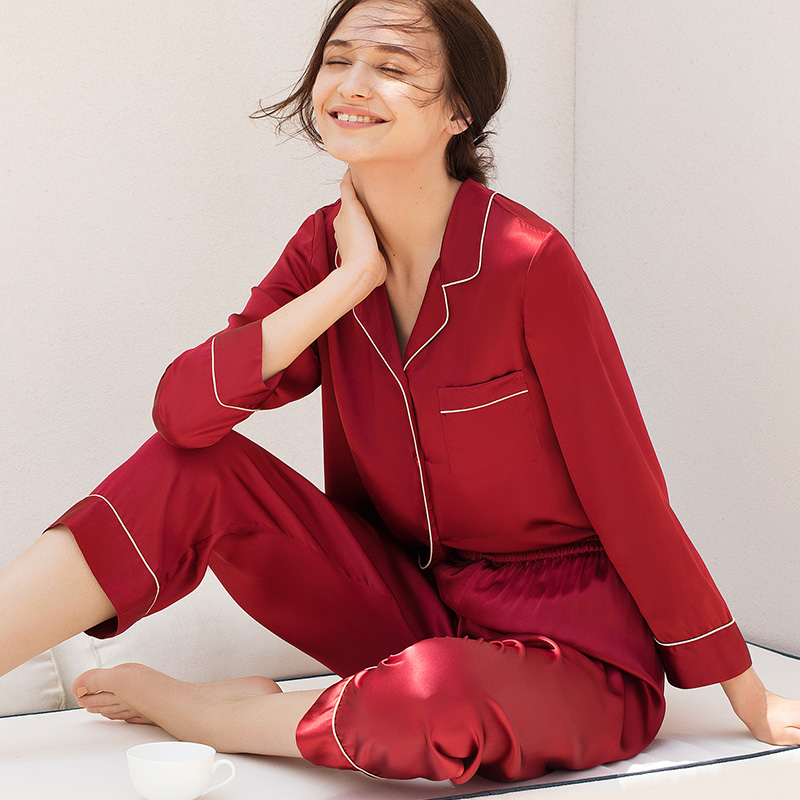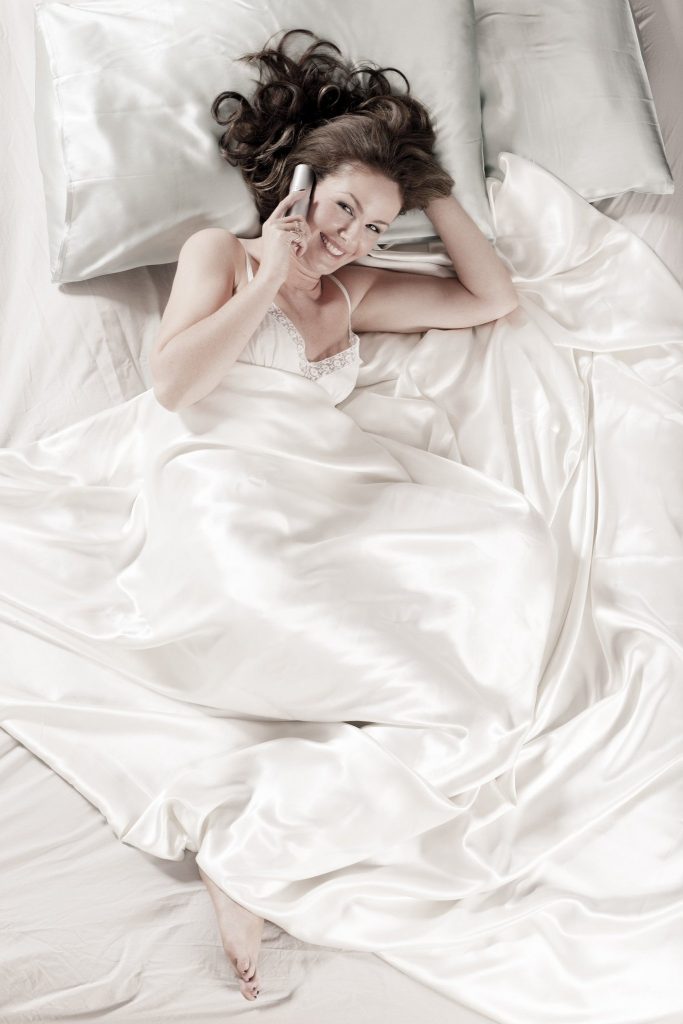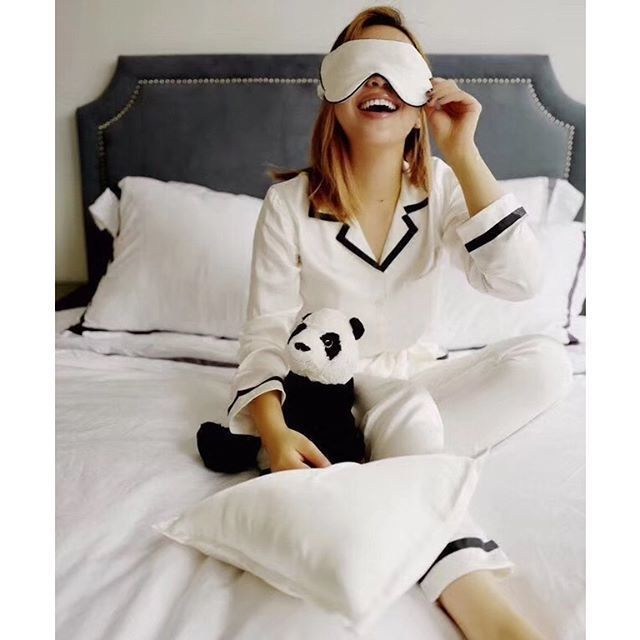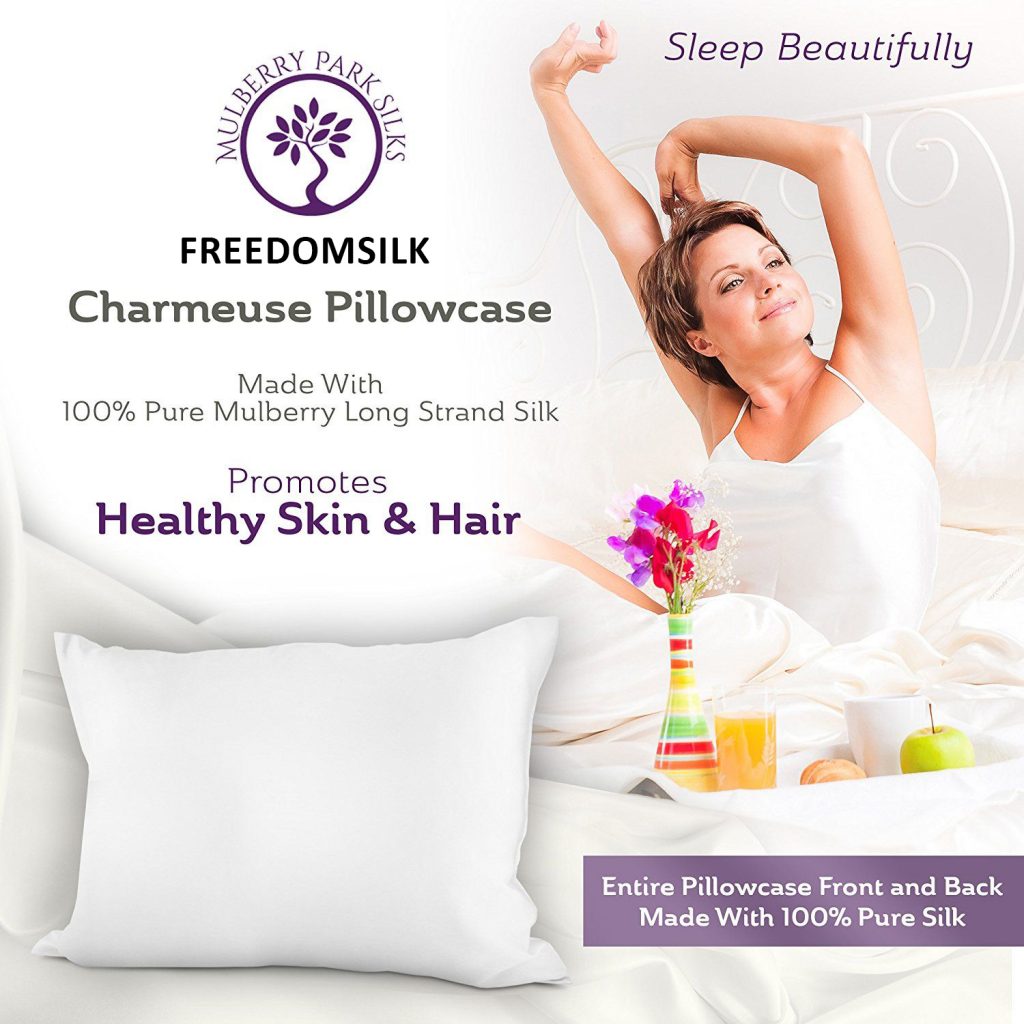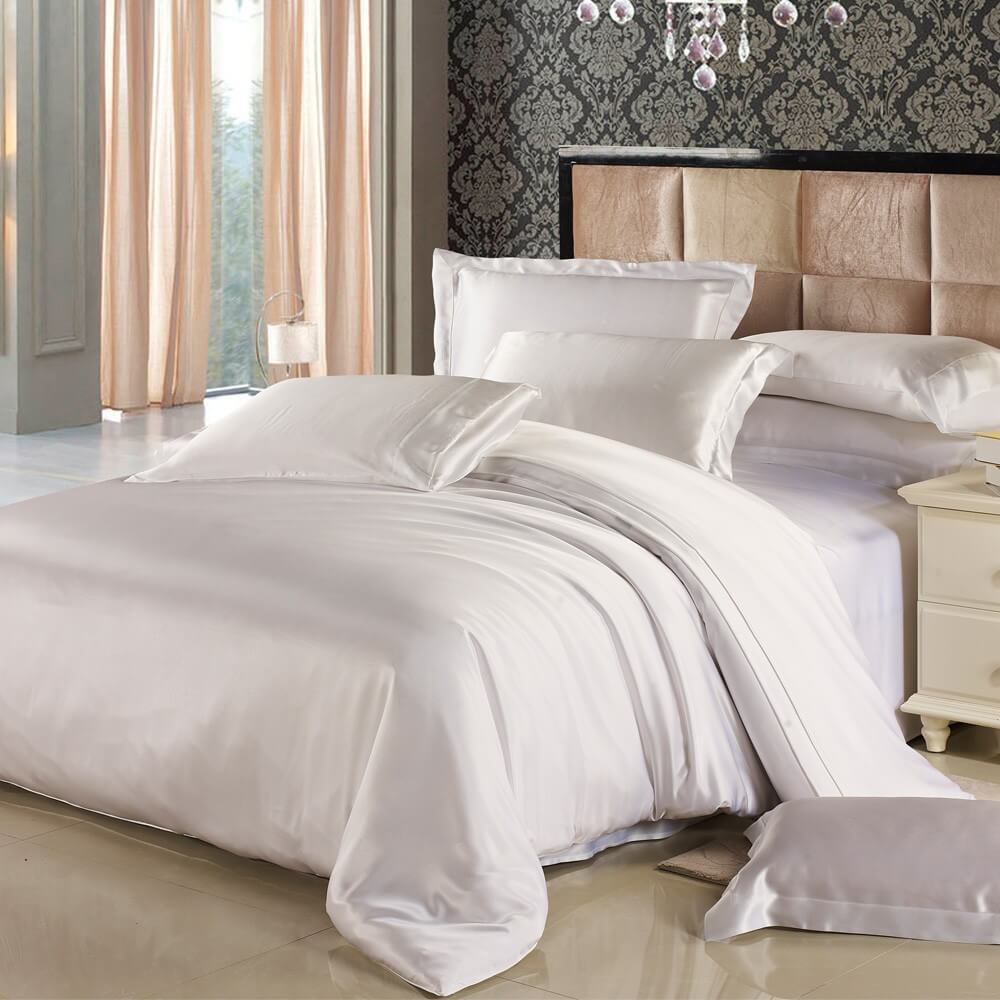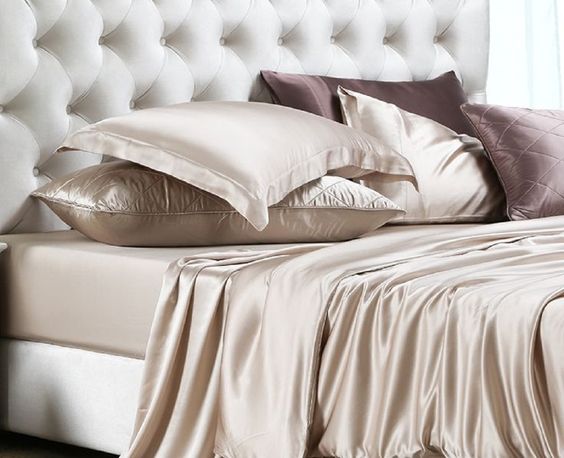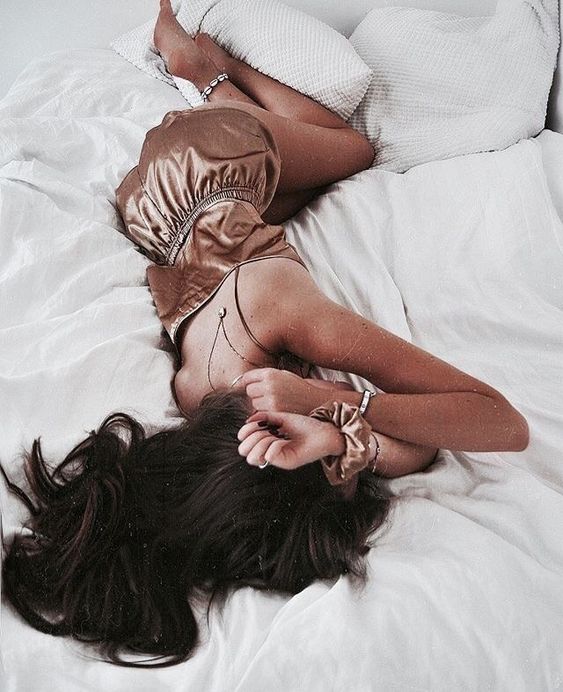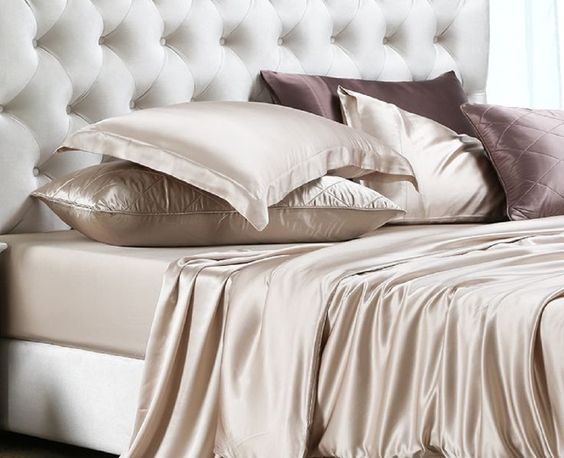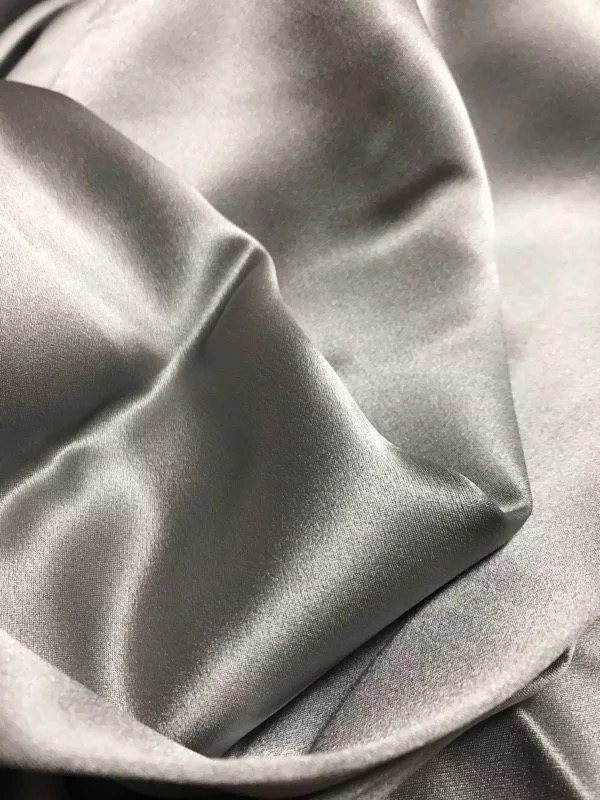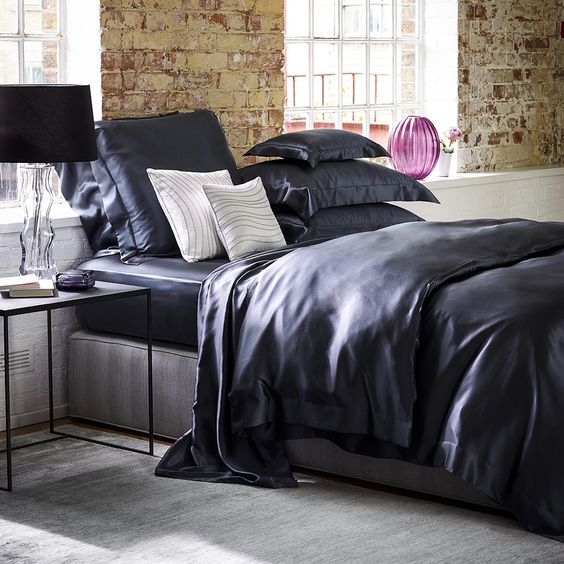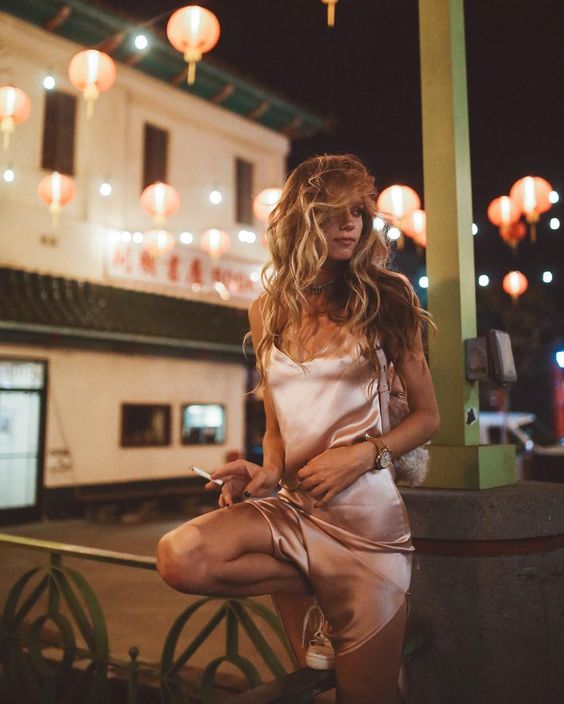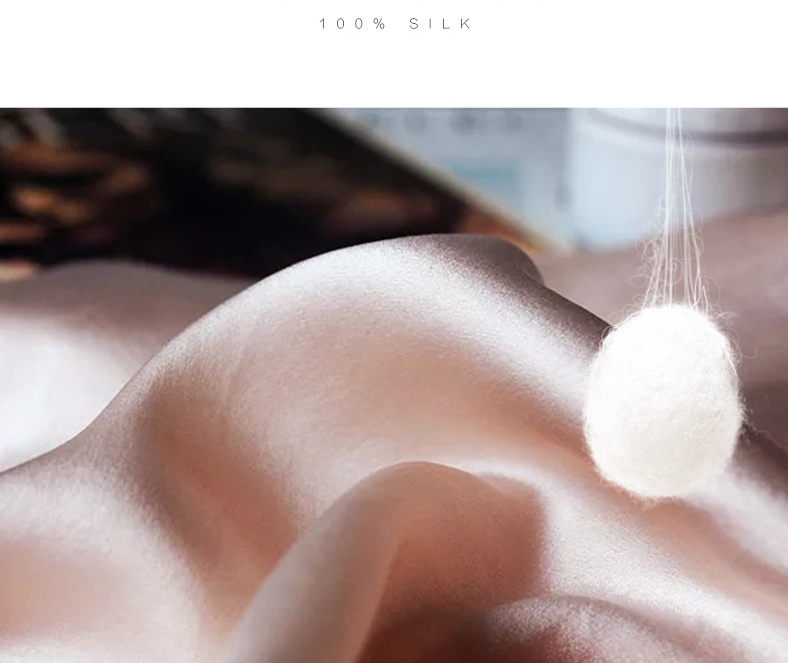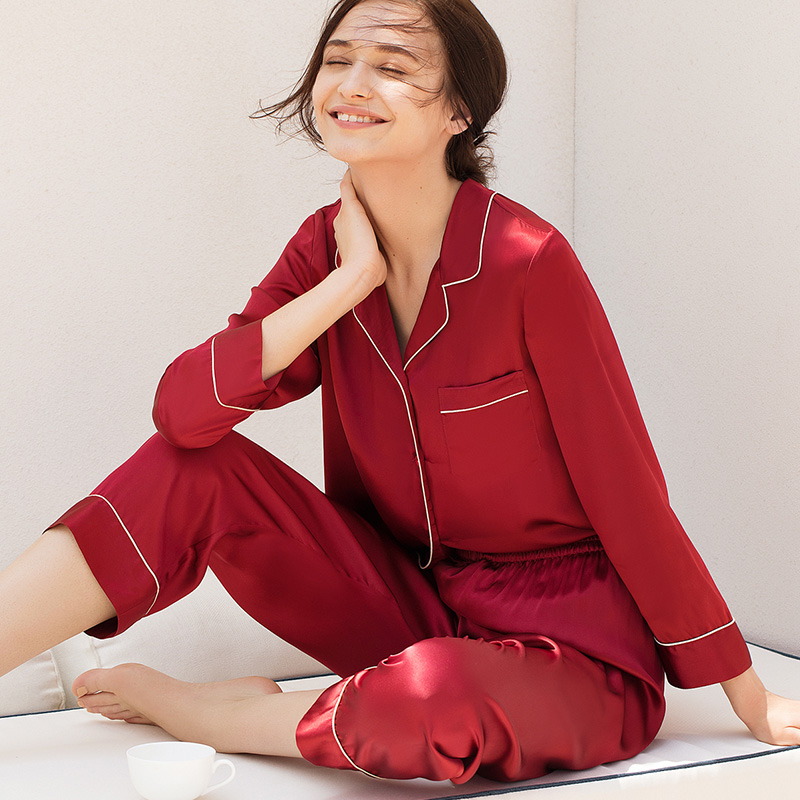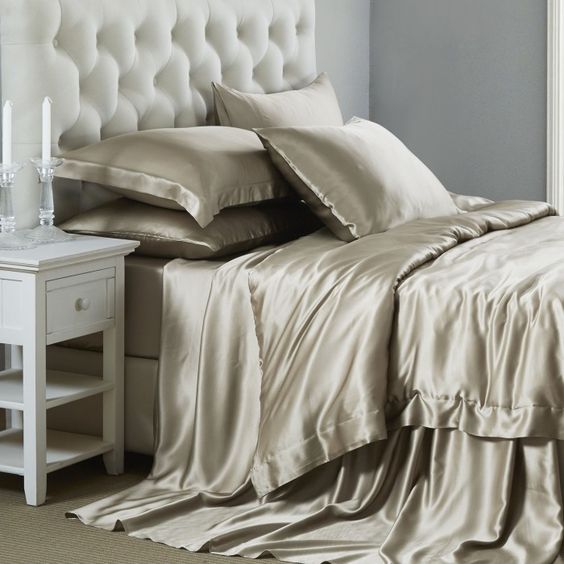How much do you know about silk cocoon?
The name “silk cocoon” usually refers to mulberry silk cocoons. A silk
cocoon is a small and scrotiform protection layer woven by silkworms. There are several kinds of silkcocoons, most of which are white or soft yellow and have oval or round shapes.

A regular silk cocoon has a length of about 3-4 centimeters. It is used by
people to cleanse and exfoliate skin for
the purpose of beauty.
Silk cocoons contain natural proteins, amino acids and collagen which are excellent for anti-aging and keeping skin supple and nourished, removing blemishes and dead cells.When gently massaged your face, those luxuriously soft silk cocoons release Sericin(often used in today’s anti-aging creams) that is essential to the human body,which helps make your complexion clearerand smoother with continued usage. Statistics show that UV damage and scarring have improved by 20% afterusing the silk cocoon for a month or so.
How to Use Silk Cocoons?
1.Soak it in lukewarm water for about 3 minutes.
2.When it becomes soaked and soft, place it on fingertips through opening
3.Massage face with it gently in circular motion
A witty woman is a treasure; a witty beauty is apower. How can you miss this little beauty trick that is easy and healthywithout costing the earth?
